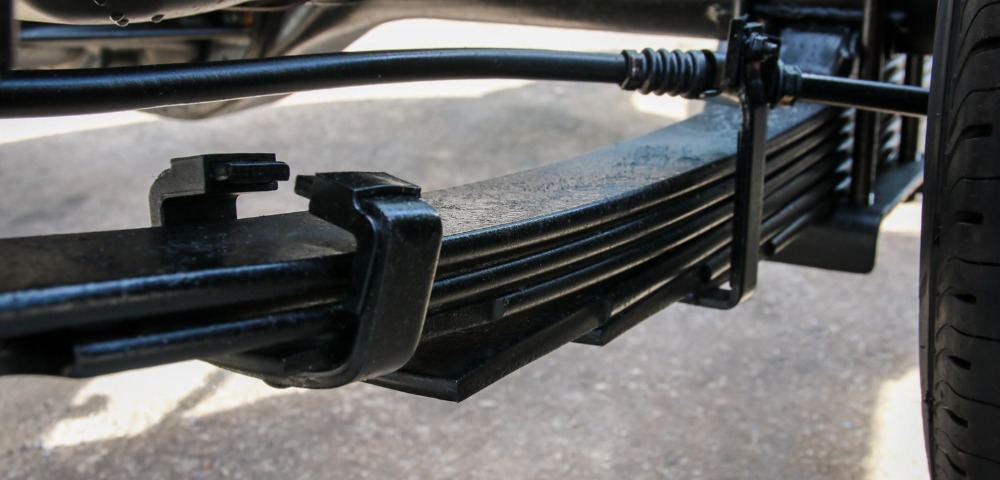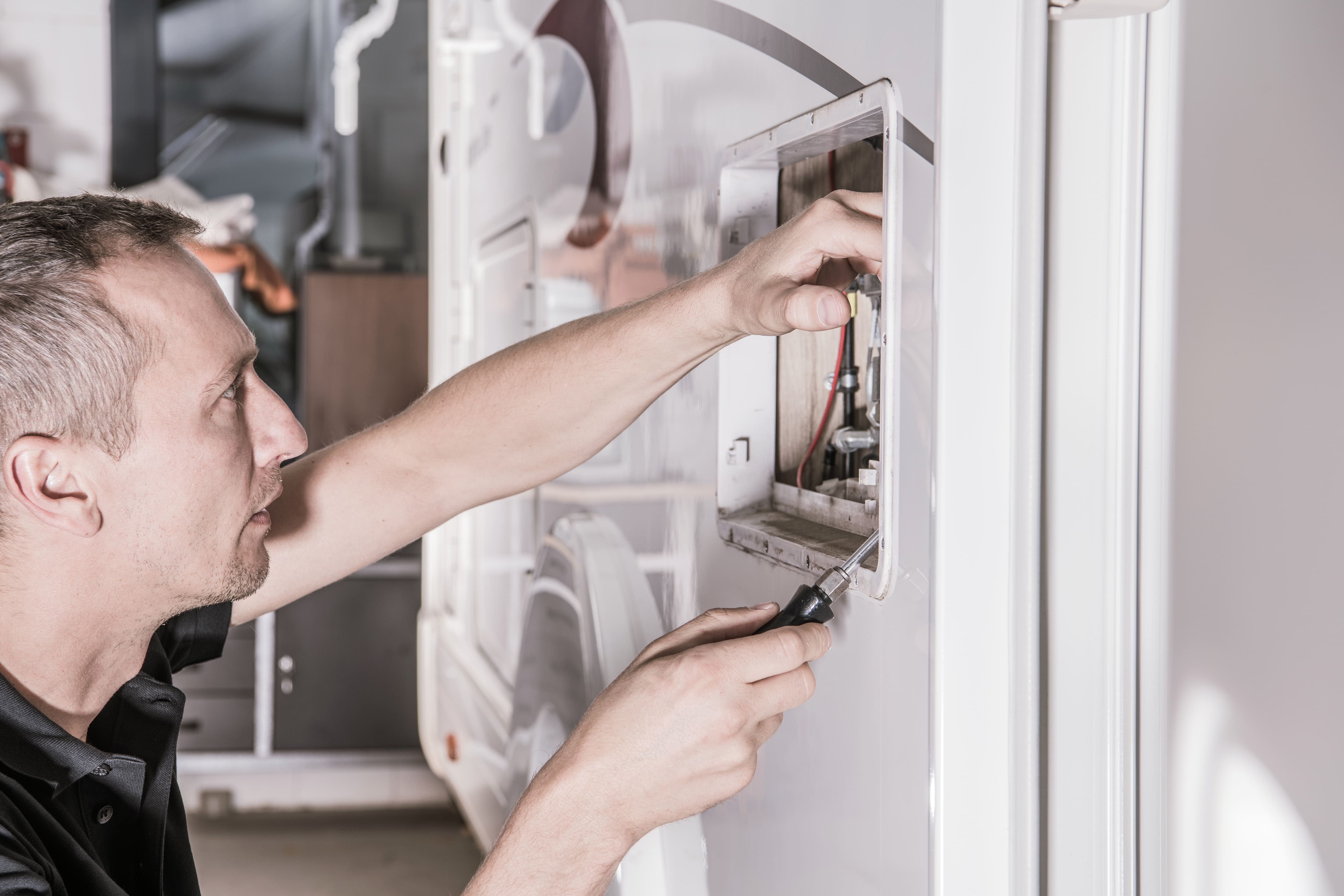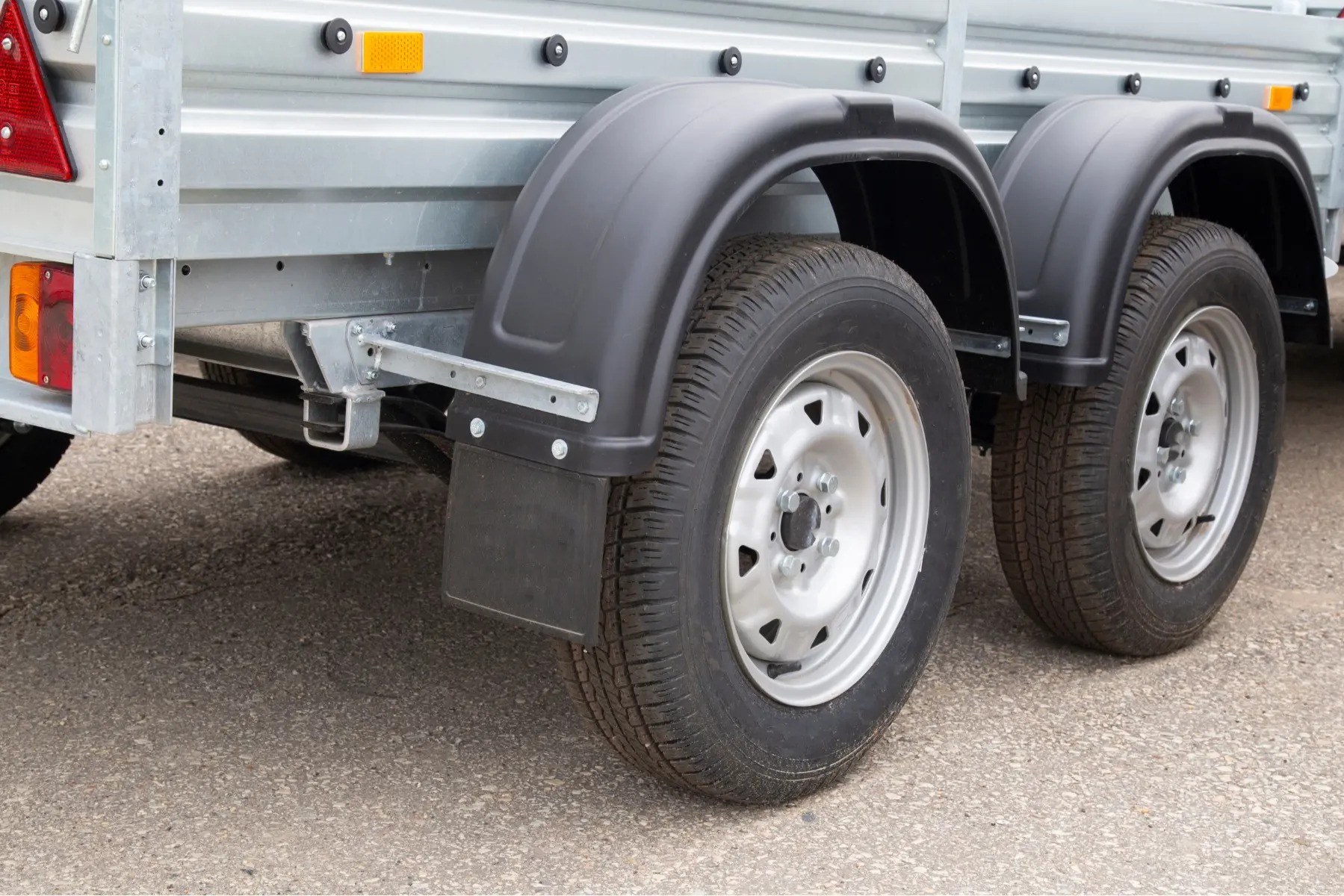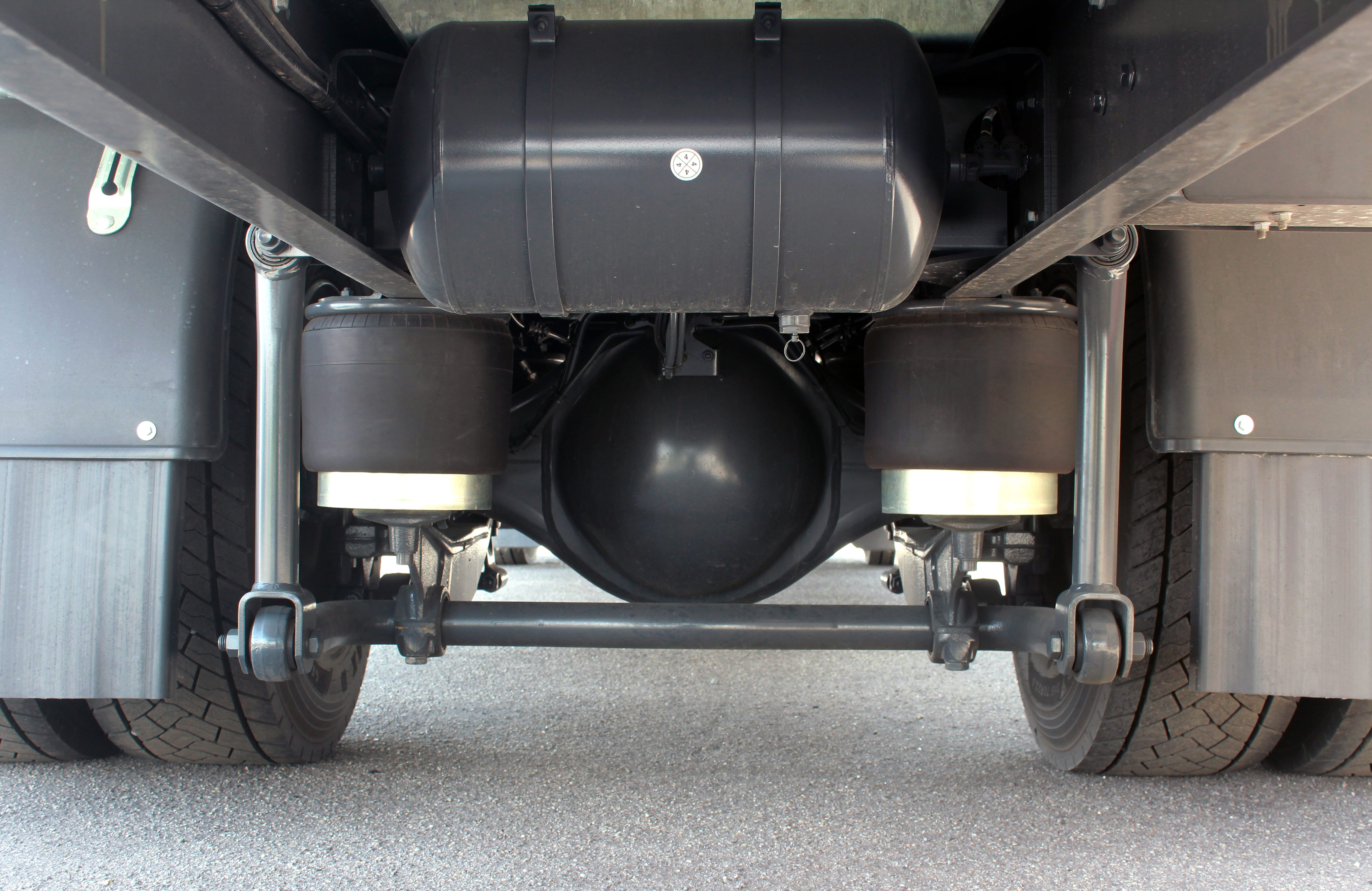When it comes to your trailer axle or suspension, you will often opt to replace your old or worn-out trailer parts with like-for-like replacements. But sometimes changing your axle or suspension unit for something more suited to the use of your trailer is a better alternative. A trailer axle and suspension system needs to be hard-wearing and reliable, and for the best performance from your trailer, you should make sure the axle and particularly the suspension are appropriate for the use of the trailer.
Leaf Springs
Leaf springs are one of the oldest forms of suspension and were first patented in 1804 by the British inventor Obadiah Elliott. Of course, things have changed a little from the traditional leaf spring but the principle remains.
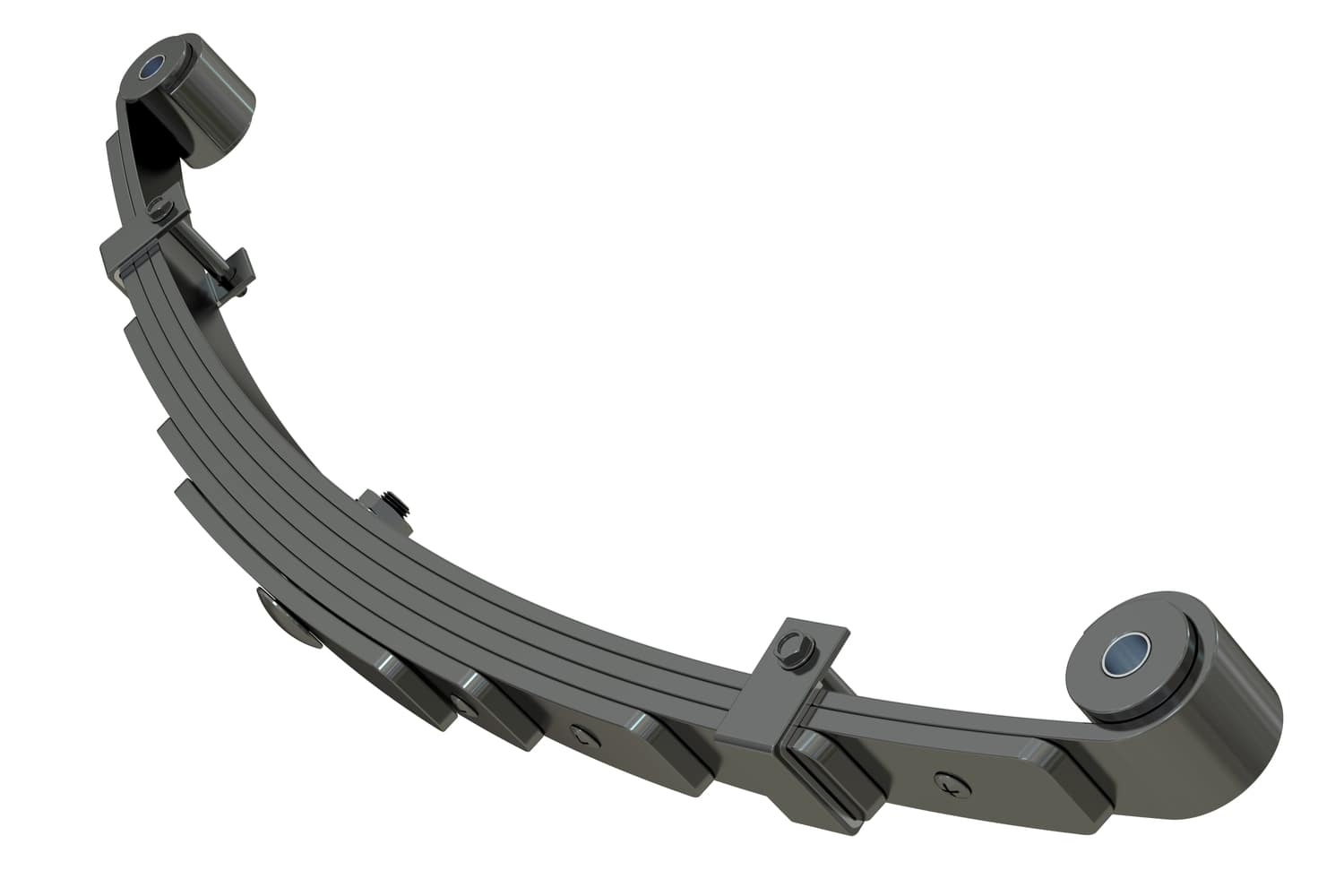
So, you might be thinking this 200-year-old invention is a little old-fashioned to be used on your shiny new trailer. But there is a good reason they are still one of the most popular trailer suspension systems you will see today – they are quite simply everything you want trailer suspension to be! They are one of the cheapest types of suspension, they are easy to maintain/repair/replace, long-lasting, and can carry very heavy loads while distributing stresses and strains which could otherwise damage the trailer or axle.
The great thing about leaf springs is their adaptability to almost any trailer weight. From single leaf springs used in lightweight trailers to massive 12+ leaf springs used in the biggest of trailers. The springs all work in the same simple way no matter how big or how small they are. The only important thing is to match the right leaf spring to the right trailer use. A spring with a low load rating will bottom out and eventually fail, a spring that is too heavy-duty and it will be far too stiff and will not dampen any bumps or vibration.
Leaf springs are designed to slide over one another when in use, so it is inevitable that they will eventually wear down and need replacement. This means the material and finish of your leaf spring can affect how long it lasts. Painted springs or galvanized springs are the most popular options, with painted springs being the long-lasting of the two. Sometimes the heating and manufacturing process used to make galvanized leaf springs can make for a slightly weaker spring that loses its camber quicker than its painted counterpart.
Slipper Leaf Springs
A slipper leaf spring is one of the simplest forms of leaf spring. As the name suggests there is a slipping element to this spring, called the springtail. This area of a slipper leaf spring can be particularly prone to wear where it rubs against the slipper. The traditional slipper leaf spring is also well-known for being very noisy on rough terrain. There are anti-rattle versions of the slipper leaf spring available to combat this issue.
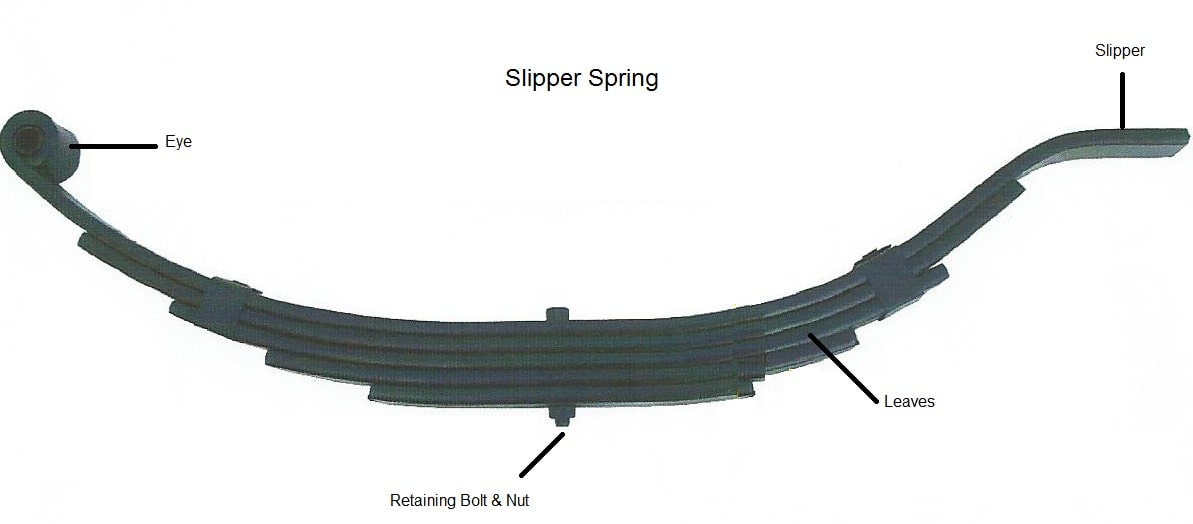
Slipper leaf springs provide great lateral stability making them ideal for trailers with two or more axles. These springs are also very compact which, when coupled with a single axle, makes them great for trailers with a low deck height.
Double Eye Leaf Springs
The double eye leaf spring adds an extra loading point to the chassis when compared to the slipper leaf spring. The three loading points on the double eye leaf spring help to further distribute the stress and loads of the trailer to minimise the pressures the chassis and axle endure. This type of spring needs to be installed and set up correctly to take full advantage of its benefits – incorrectly installed springs can seize when the trailer is taken on extremely bumpy terrain or if it is overloaded.
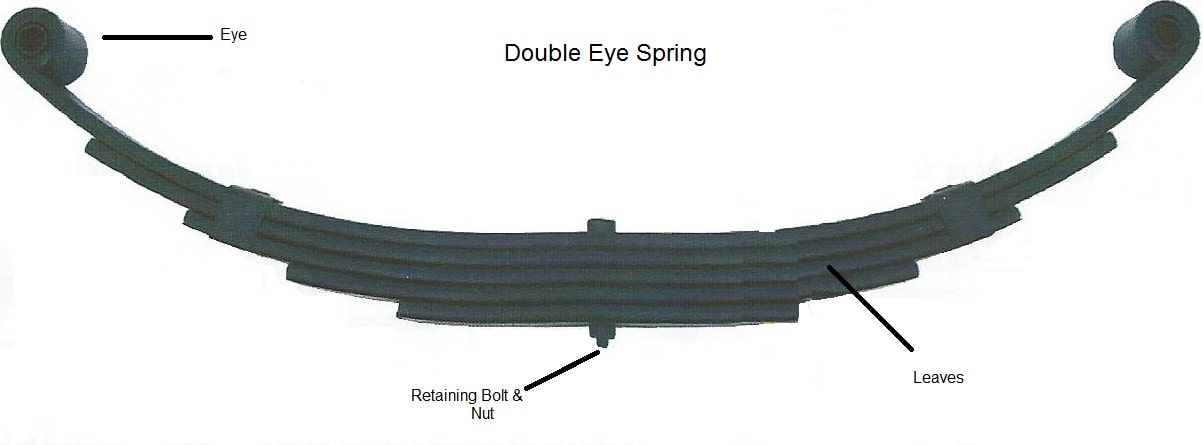
These springs are great for single axle trailers, but they lack the lateral stability of slipper leaf springs for use in multi-axle setups. Their increased complexity makes them slightly on the large side which limits how low your trailer deck height can be.
Parabolic Springs
A modern take on the leaf spring, the parabolic spring normally consists of just a single leaf constructed to be thicker in the centre and then taper towards each end. This spring is designed to eliminate the interleaf friction which causes wear on other types of leaf spring. This type of spring is usually lighter than a standard leaf spring and gives a smoother ride thanks to a reduction in stiffness. The reduction in stiffness brings with it a reduction in the maximum loading capacity of the spring. This can be combated with multi-layer parabolic springs which are designed with a spacer between each leaf – this of course also brings extra weight to the spring.
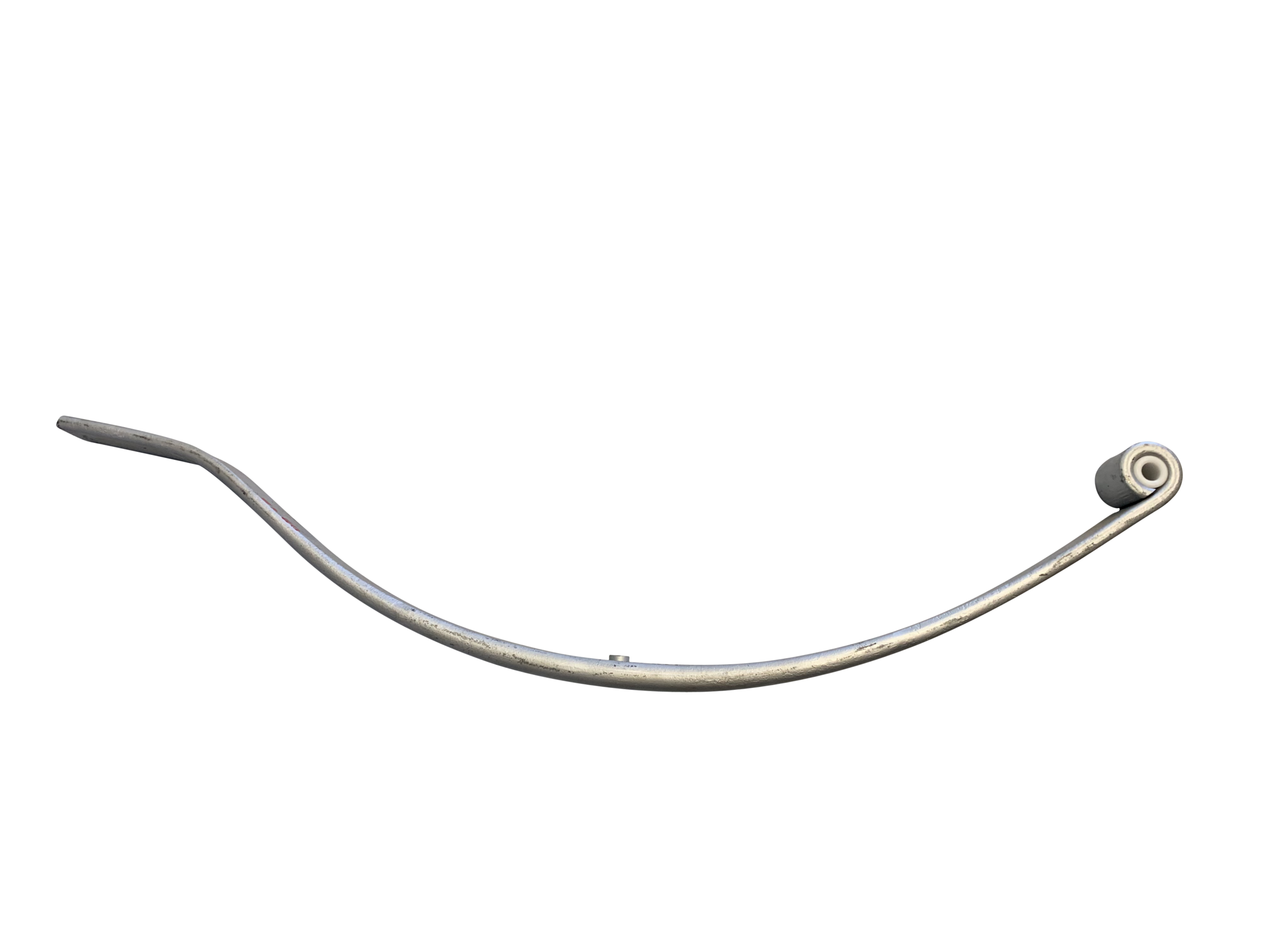 Despite its single leaf design, the parabolic spring can take up a lot of room under the trailer which limits the minimum deck height – this is exacerbated if a multi-layer spring setup is used.
Despite its single leaf design, the parabolic spring can take up a lot of room under the trailer which limits the minimum deck height – this is exacerbated if a multi-layer spring setup is used.
Torsion Suspension
Torsion suspension is a favourite for use on boat trailers as they are less prone to rust damage. They consist of a swing arm style axle, called a torsion arm, which rotates within a rubber enclosure. The suspension system works by transferring the oscillation motion of the axle into a rotation motion through the torsion arm, this is then dissipated by the rubber within the enclosure. The elasticity of the rubber then causes the swing arm to return to its original position.
This type of suspension can provide a very smooth ride as it is completely independent for each wheel of the trailer. The torsion units' low profile means the trailer can have a very low deck height. One of the main limiting factors of torsion suspension is the relatively limited loading capacity of which is capped at around 2500kg on a tandem trailer.
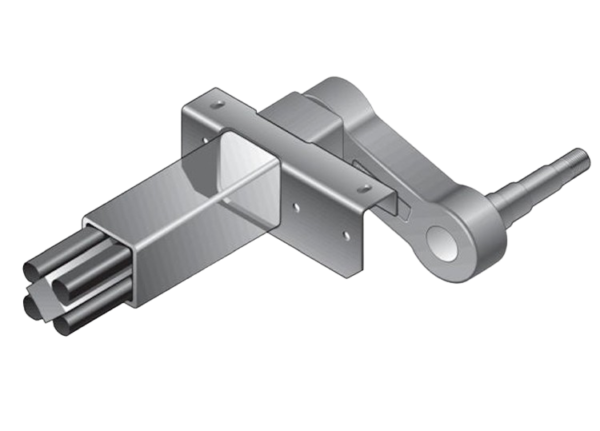
The lack of axle sharing also means a massive increase in stresses to the trailer chassis. This can be so dramatic it can reduce the loading capacity of a chassis by up to 25% when compared to other types of trailer suspension.
To Summarise
The axle and suspension you use on your trailer can have a much bigger impact on the use of your trailer than you might think. This is why it is important to try and match the suspension and axle set up as closely as possible to the intended use of your trailer.
Suspension often dictates the axle style you will be able to use, as well as the number of axles your trailer will need to carry out its purpose. If you need any help or advice on getting the right axle and suspension for your trailer just get in touch with us here at TrailerTek.


